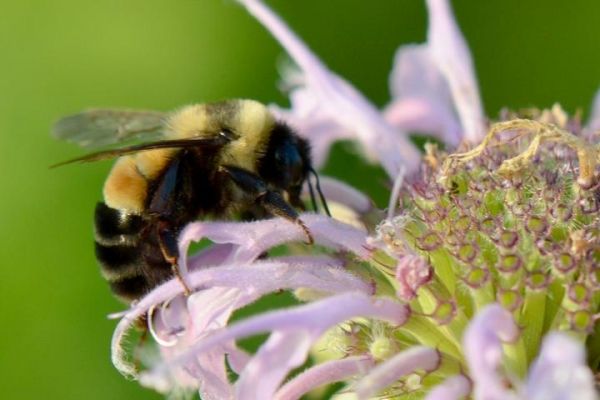For more than a decade, ecologists have been warning of a downward trend in bumble bee populations across North America, with habitat destruction a primary culprit in those losses. While efforts to preserve wild bees in the Midwest often focus on restoring native flowers to prairies, a new Illinois-based study finds evidence of a steady decline in the availability of springtime flowers in wooded landscapes.
The scarcity of early season flowers in forests – a primary food source for bumble bees at this time of year – likely endangers the queen bees’ ability to start their nesting season and survive until other floral resources become available, researchers say. They report their findings in the Journal of Applied Ecology.
“We went through long-term vegetation data from 262 random sites across Illinois, most of them privately owned,” said study co-author David Zaya, a plant ecologist in the Illinois Natural History Survey at the University of Illinois Urbana-Champaign. These data were collected through the Critical Trends Assessment Program, which began in 1997 at the INHS.
Read More: University of Illinois at Urbana-Champaign
The timing of floral resources complicates life for the rusty patched bumble bee, Bombus affinis, a new study finds. This bee is foraging on the flower of the bee balm, of the genus Monarda. (Photo Credit: U.S. Fish & Wildlife Service)


